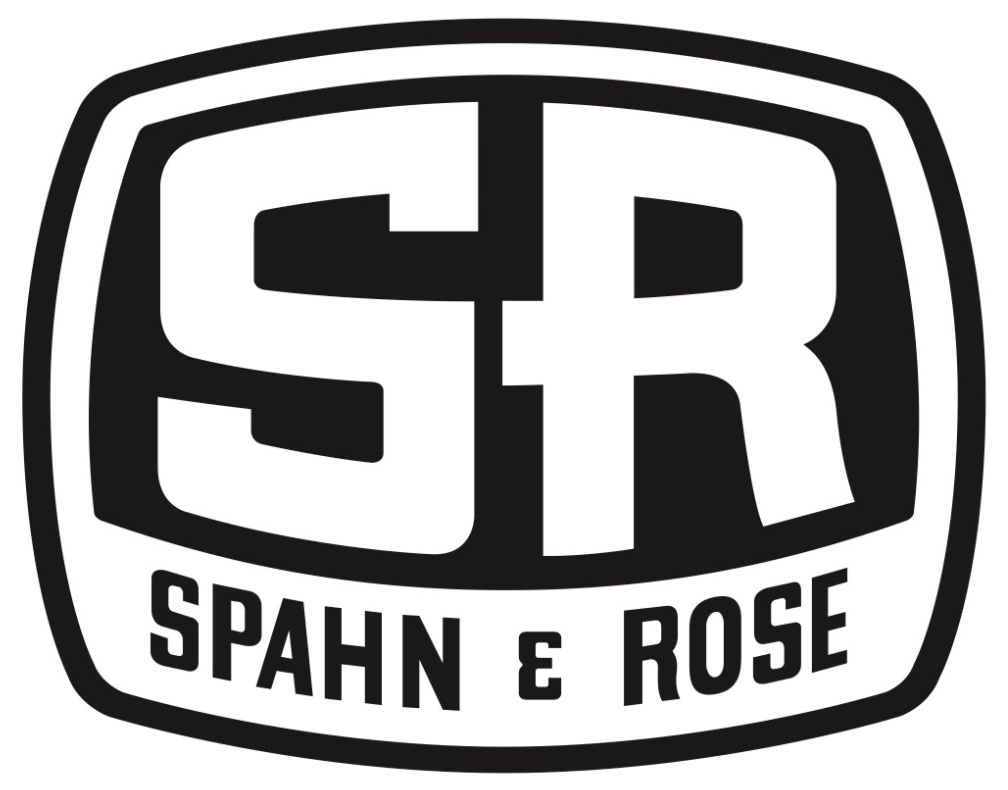Deck Materials
There are several options for decking materials to choose from. They each have their own features, benefits and costs and it’s important to weigh these considerations carefully prior to starting your project.
To ensure that you select the best decking material for you and your home, consider:
- The size of your budget
- Time and energy needed for maintenance
- What you want your deck to look like
Pressure Treated
Pressure treated wood is the most popular decking material choice in the U.S. for the substructure of your deck including the upright posts, ledger boards, beams and joists. In much of the country pressure treated wood is also the most widely used material for deck surfaces along with deck railings, stair treads and lattice.
Pros: The appearance of natural wood; widely available; the least expensive of decking options
Cons: Maintenance, needs to be stained or sealed regularly throughout the life of the deck.
Cedar
If you’re seeking the natural look of a wood deck then cedar should be high on your list of considerations. Cedar is a popular choice for its natural beauty. It has great durability and appearance, resists rotting, is a soft wood, very stable, and provides natural beauty to high-end decks. Like other wood decking choices, cedar does need to be cleaned and resealed every year or two to maintain its original color. The cost of cedar is moderate; while more than pressure treated wood, it’s somewhat less costly than composite decking alternatives.
Pros: Dimensionally stable; naturally resists rot and decay
Cons: Must be stained or sealed to keep its good looks
Composite Decking
Beauty, low maintenance and great warranties are the benefits that these man-made decking alternatives offer customers. It also resists checking and splintering and some options offer additional protection against stains and color fade. The challenge with composite decking is the initial cost, which may be a barrier when considering your budget. But the savings associated with the low maintenance of these materials offset their higher initial costs in as little as five years.
Composite decking is easier to clean, mold and mildew resistant, and many today offer a extensive stain and fade warranty. This decking material also offers realistic color variation of exotic hardwoods. In addition, many composite deck boards come with grooves on the edges for easy hidden fastener application. The use of these hidden fasteners leaves your new deck surface fastener-free and it is smooth on your feet.
Pros: Insect resistant; low maintenance; resists check and splintering; some brands contain recycled content; some offer additional protection against stains and color fade.
Cons: Initial higher costs; heavy weight to move to build site
Don’t forget the accessories! Added costs you want want to budget for when building a deck are:
- Hidden fasteners and/or composite decking screws
- Railing
- Post caps
- Balusters & spindles
- Deck lights
- Deck gates
- Lattice
- Exterior paint & deck stains
- Pergolas
Your local Spahn & Rose team is here to help. We can provide free estimates for any project. If you are a contractor, we can help with construction plans or a 3D render if the job demands. And as a homeowner, we can even recommend a contractor to build the deck for you! Give a call to get started!
